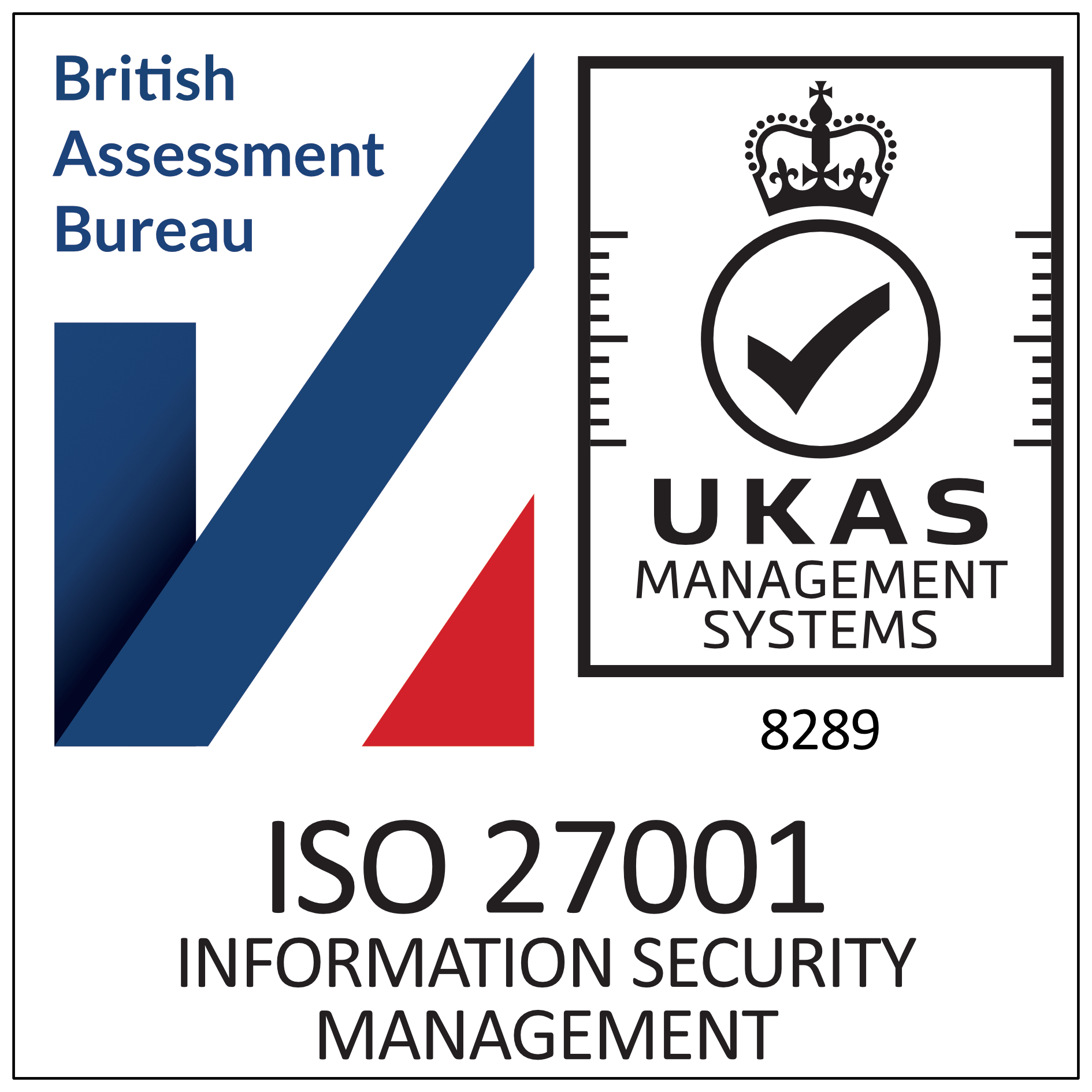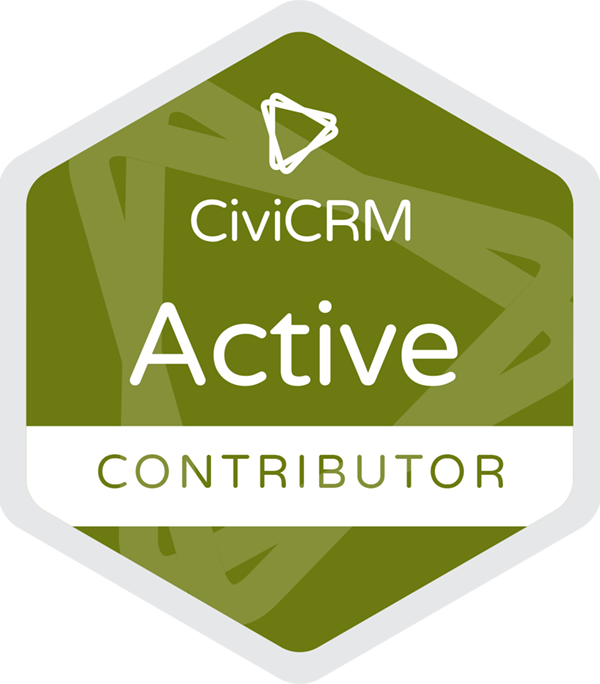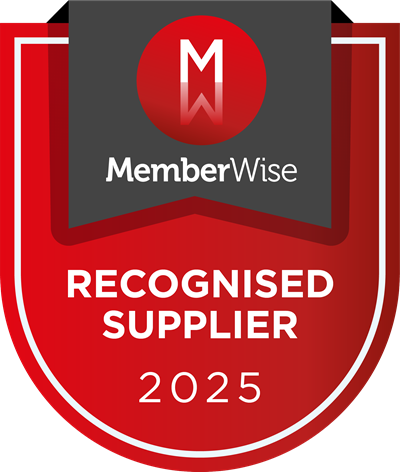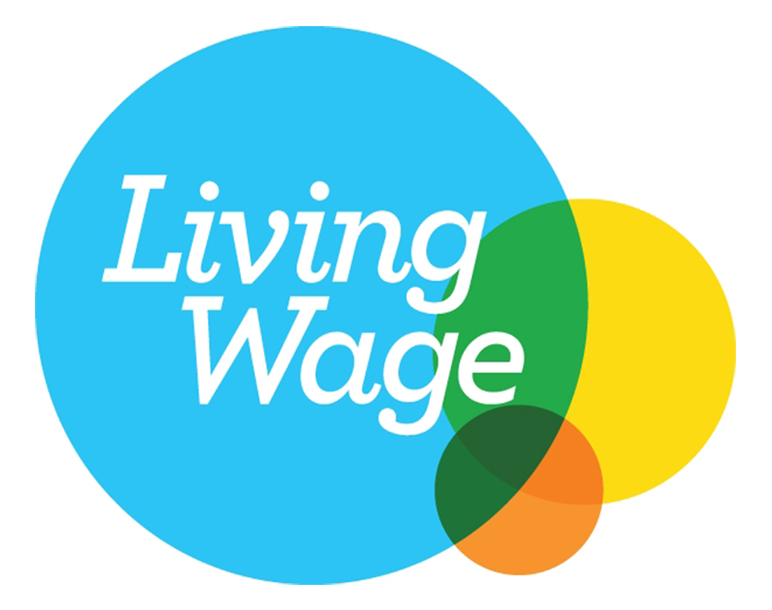The internet has become truly ubiquitous in the developed world and has revolutionised the production and publication of information. In particular it has transformed the level of access to information for countless people with disabilities.
Rather than rely on others or have to deal with braille versions of printed texts, blind or partially sighted people can now use screen readers to read electronic text out loud. Through a web browser with some simple software attached, a whole world of information becomes accessible.
Similarly, people with motor disabilities who cannot pick up a book or turn its pages, can turn to the internet – using some assistive technologies such as special keyboards or eye-tracking software to communicate with others in a way that would previously have been impossible.
However, it is all too easy to put barriers in the way of this access:
- using images that are part of the message without text alternatives
- using video that is not captioned for the hard of hearing
- creating pages that can only be navigated using mouse clicks
- creating data tables without headings
- creating links that are meaningless out of context
Breaking down barriers
While no modern architect would design a building that excluded wheelchair users, no information architect should design a website that excludes disabled users.
At Circle Interactive we always maintain an awareness of these issues and will bring them to the attention of our clients when necessary. It's actually very simple: it's a matter of knowing about good practice when coding pages. We have worked with organisations such as RNIB and Dyslexia Action to produce accessible websites and integrated databases, so we have a clear understanding of what it takes to make a website accessible by everyone.
Making sites accessible doesn't mean not being creative – and shouldn't mean not making the site visually appealing for those who can appreciate it. It is about checking things behind the scenes and it's about using industry best-practice and complying with standards. Which, by the way, we do by default.
The W3C provides information on the Web Accessibility Initiative.
If your organisation needs help designing an accessible website, please do not hesitate to contact us on 0117 909 6967 or by filling in our online contact form.








